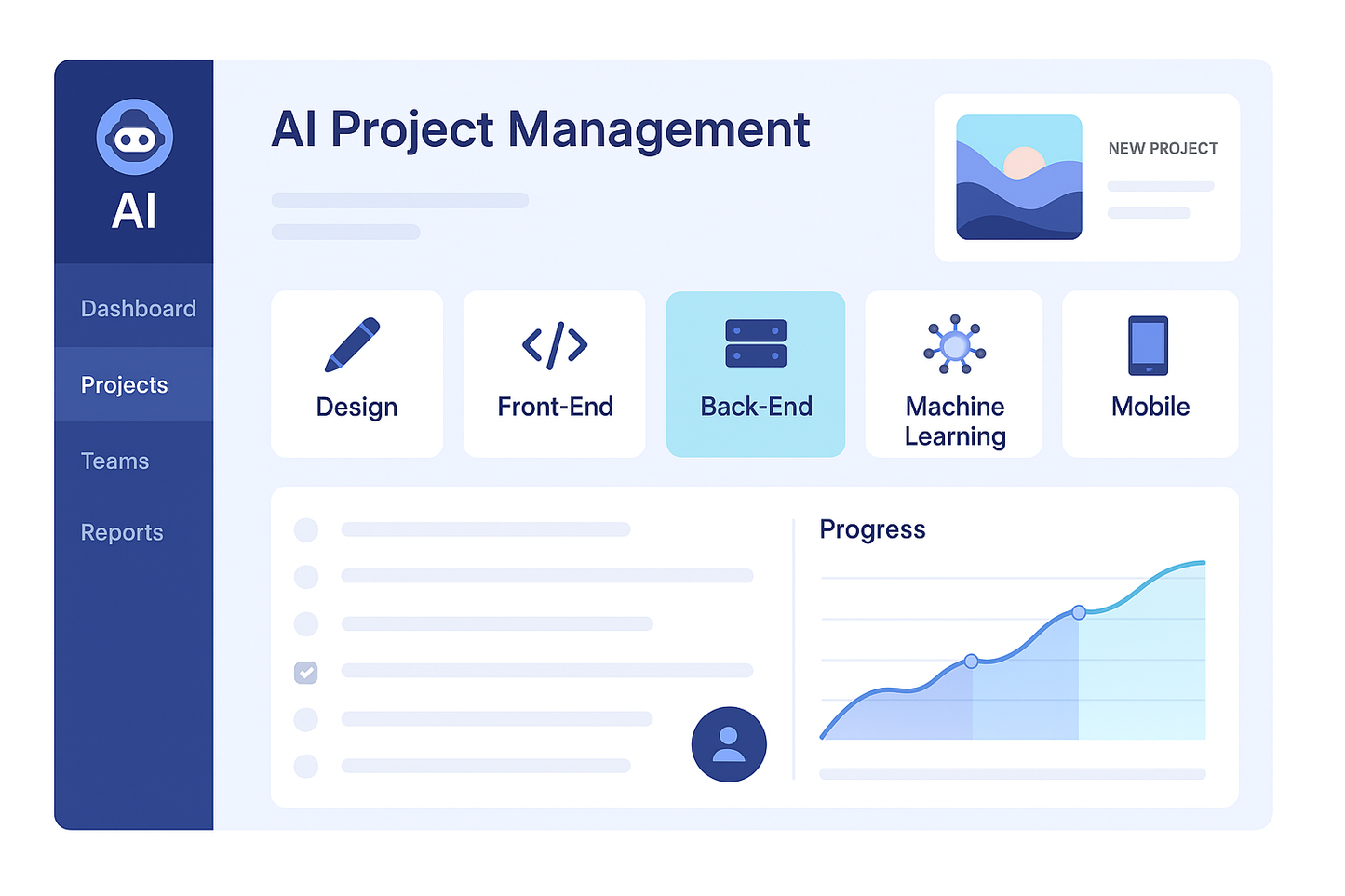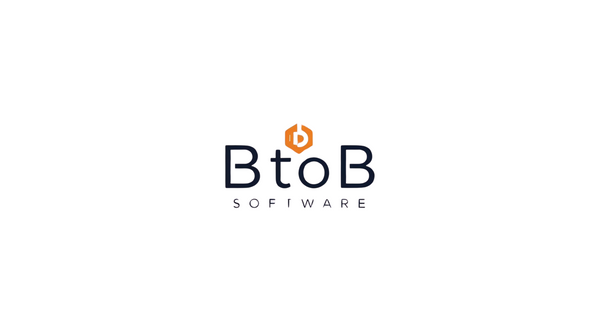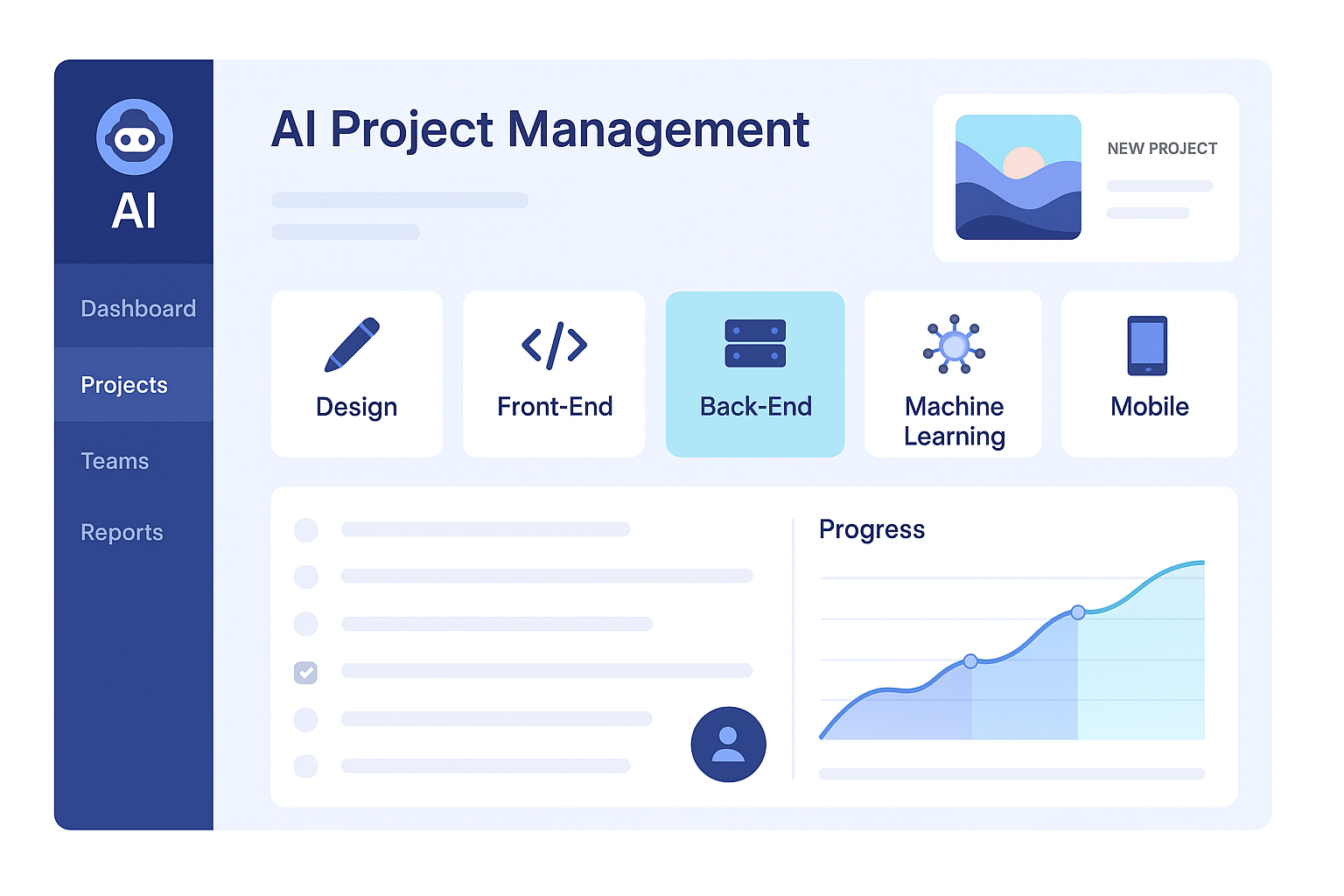BtoBSoftware
AI Software for Developers
AI Software for Developers
Couldn't load pickup availability
AI Software for Multi-Disciplinary Project Management
1. System Architecture
-
Core Project Management Engine : a central engine based on microservices, capable of managing parallel projects with independent pipelines.
-
AI Orchestration Layer : An AI module that leverages NLP and Machine Learning to automate planning, risk analysis, and optimization suggestions.
-
Hybrid database :
-
Relational (SQL) for tasks, milestones, and deadlines.
-
Document-oriented (NoSQL) for project files, graphic assets, and code versions.
-
-
REST/GraphQL API for integration with external tools (GitHub, Figma, Jira, GitLab, Slack, Trello).
-
Event-driven architecture : each update generates AI-driven events (e.g., merge request → risk analysis → team notification).
2. Features by Role
👩🎨 Designer
-
Integration with tools such as Figma, Sketch, and Adobe XD.
-
AI-assisted versioning: detecting differences between prototypes and suggesting UX/UI improvements.
-
Automatic assignment of reviews based on workload and deadlines.
💻 Front-End Developers
-
Direct connection to Git repositories (GitHub, GitLab, Bitbucket).
-
AI-based code analysis to detect UI/UX bugs or suboptimal patterns.
-
Automatic generation of checklists for cross-browser compatibility and responsive design.
⚙️ Back-End Developers
-
CI/CD pipeline monitoring with predictive analysis of failed build risks.
-
Automatic identification of bottlenecks in APIs or DB queries.
-
AI-driven code review for performance and security optimization.
🤖 Machine Learning Engineers
-
Experiment management (MLflow-style) integrated into the project manager.
-
Automating dataset and model versioning.
-
AI prediction of performance metrics (e.g., accuracy, F1-score) on future tests.
-
Dynamic allocation of GPU/TPU resources based on project priorities.
📱 Mobile Developers
-
Integration with Android Studio, Xcode, and mobile CI tools.
-
AI-assisted testing on cross-platform emulators (Android, iOS).
-
Automatic prediction of the most likely crashes through static code analysis.
-
AI report on OS compatibility and device fragmentation.
3. AI Automations
-
Smart Task Allocation : automatic distribution of tasks based on skills, availability, and deadlines.
-
Risk Prediction Engine : historical analysis of projects to estimate the probability of delays or critical bugs.
-
Natural Language Interface : project management via voice or text commands (e.g., "Show me the status of the back-end API project").
-
AI-driven Dependency Graph : automatic mapping of dependencies between modules (frontend ↔ backend ↔ mobile ↔ ML).
-
Anomaly Detection : Reporting anomalies (suspicious commits, inconsistent designs, ML metrics outside of standard ranges).
4. Security and Compliance
-
End-to-end encryption on project and document repositories.
-
Role-based access control (RBAC) and granular policies for multidisciplinary teams.
-
AI-enhanced Audit Log : behavioral analysis of users to prevent anomalous access.
-
Integrated compliance with GDPR, ISO 27001, and DevSecOps standards.
5. Dashboards and Reporting
-
Unified Dashboard : Overview of all projects with filters by role (designer, dev, ML, mobile).
-
AI-driven Progress Tracking : predictive charts of deadlines with probabilistic estimates.
-
Resource Allocation Monitor : actual usage of resources (human and computational).
-
Quality Metrics : code coverage, test pass rate, mobile performance, UX scoring.
-
Export BI-ready : connectors to Power BI, Tableau, and data analytics tools.
6. Technical Benefits
-
Centralized management of multi-disciplinary teams without fragmentation of tools.
-
Reducing the risk of delays through AI-based prediction of critical issues.
-
Improve code quality and design with AI code review and UX validation.
-
Scalability for distributed teams and complex projects (from startups to large enterprises).
-
Automation of DevOps/MLops workflows integrated directly into project management.
The software is sold on a USB drive or installed on a server, which is then sent directly to the client, fully functional and ready to use.
Share


